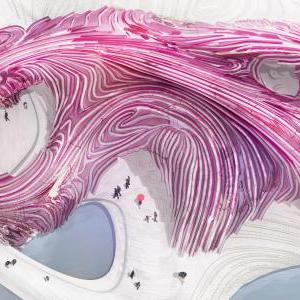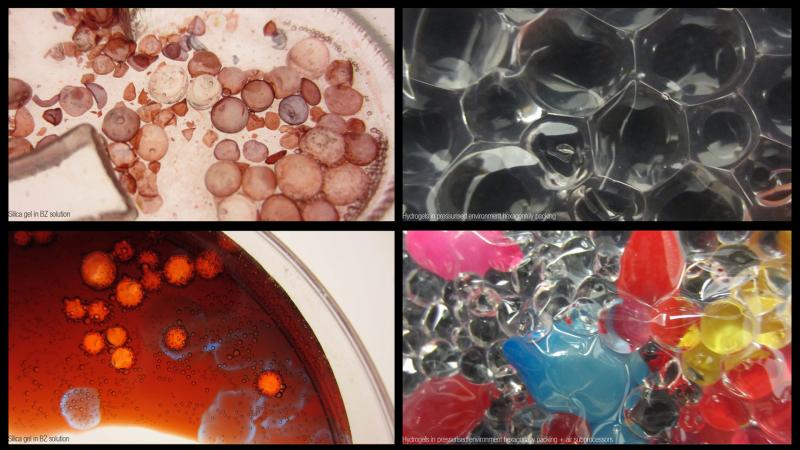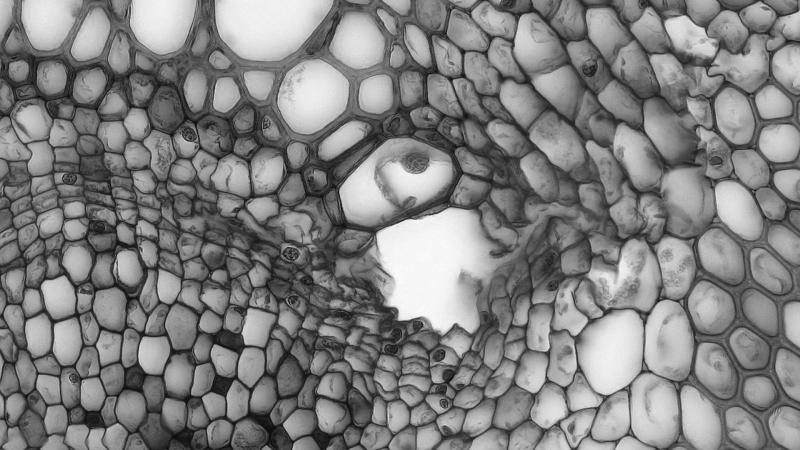This year the Design Research Laboratory (DRL) concluded the final year of the four-year design research agenda Proto-Design, which investigated digital and analogue forms of computation in the pursuit of systemic design applications that are scenario- and time-based. Considering controls systems as open acts of design experimentation, the DRL examines production processes as active agents in the development of architecture. Behavioural, parametric and generative methodologies of computational design are coupled with physical computing and analogue experiments to create dynamic and reflexive feedback processes. New forms of spatial organisation are explored not as type- or context-dependent but by examining scenarios that evolve as ecologies and environments that seek adaptive and hyper-specific features.
This performance-driven approach aims to develop novel design proposals concerned with the everyday. The iterative methodology of the design studio focuses on the investigation of spatial, structural and material organisations, engaging with contemporary discourses of architecture and urbanism. Four research studios run in parallel, exploring the possibilities of Proto-Design. Theodore Spyropoulos’ studio, Synthetic Natures: Behavioural Machines, investigates behaviour as the means to explore self-regulating and deployable soft systems. Parametric Semiology 2 – Habitat as System of Signification, led by Patrik Schumacher, focuses on how the societal function of urban and architectural design can act as an innovative ordering and framing of communicative interaction. Robert Stuart-Smith’s studio, Behavioural Matter, explores how non-linear design processes may be instrumentalised to generate a temporal architecture with a designed life-cycle. Reconsidering Elementarism, led by Philippe Morel, addresses the relationships between technology, architecture and mathematics by revisiting research on Elementarism in the 1920s and its cybernetic reinterpretations of the 1960s.
Director
Theodore Spyropoulos
Founder
Patrik Schumacher
Course Masters
Shajay Bhoosan
Philippe Morel
Robert Stuart-Smith
Course Tutors
Pierandrea Angius
Mollie Claypool
Ryan Dillon
Mostafa El-Sayed
Manuel Jiménez García
Jose Sanchez
Technical Tutors
Albert Taylor & AKT
Software Tutors
Torsten Broeder
Paul Jeffries
Tyson Hosmer
Programme Coordinator
Ryan Dillon
Invited Critics
Lucy Bullivant
Helen Castle
Mark Cousins
Didier Faustino
David Jason Gerber
David Greene
Adrian Lahoud
Marta Malé- Alemany
David Ruy
Marcelo Spina
Brett Steele
Albert Taylor
Peter Testa
Tom Wiscombe
Spores
Project name: Hypercells
Team: Preety Anand (Germany), Grace Chung (Australia), Letian Li (China), Ecehan Esra Top (Turkey)
Studio: Robert Stuart-Smith assisted by Tyson Hosmer
Hypercells is a chemical machine; a cybernetic ecology capable of regulating the micro and macro environment by chemically led communication between parts. It is based on separately fabricated multiple component systems, with each component having different lifecycles leading to premature systemic failures in the case of one component failing. The project utilises the physarum polycephalum (slime mould) to process information and self-regulate, relying on intercellular chemical signaling, within an architectural context. The proposed chemical machine is capable of sensing environmental conditions by chemically led communication between components and is capable of self-regulation these environmental conditions. For demonstrating the mode of operation, the chemical machine is situated on the extreme, yet generative environment of Mars. In this context, the chemical machine fulfils a technological need for offering a non-human centric mode of inhabitation, which is given by mode of operation. The function of the chemical machine is not only that of generic architecture, but also a life support for both humans and biology it harbors and also is an active contributor to the greater Mars environment. The technicalities of this thesis have been developed by inter-scientific collaboration with computer scientists, material scientists and chemical engineers.




































































